Don't Void Your Coverage: Top 5 Ways Owners Accidentally Nullify Their Honda Warranty
So, you’ve just driven your gleaming new Honda off the lot – congratulations! That new car smell, the smooth ride, and the peace of mind that comes with a comprehensive manufacturer’s warranty. It’s a wonderful feeling, knowing that Honda has your back for potential issues down the road. But here’s a little secret many owners don't realize until it's too late: that precious warranty isn't bulletproof. There are common, often accidental, missteps that can lead to your coverage being nullified, leaving you on the hook for potentially expensive repairs. Don't let that happen to you! We're here to shed some light on the top five ways Honda owners inadvertently void their warranty and how you can easily avoid these pitfalls to keep your Honda running smoothly and your coverage intact.1. Skipping or Delaying Scheduled Maintenance
Maintaining your Honda according to the manufacturer's recommendations isn't just good practice; it's a non-negotiable part of keeping your warranty valid.
Your Honda comes with a detailed owner's manual that outlines a specific maintenance schedule – things like oil changes, tire rotations, fluid checks, filter replacements, and more extensive inspections at various mileage intervals. Missing these scheduled services, or significantly delaying them, is one of the quickest ways to give Honda a reason to deny a warranty claim. Imagine your engine seizes up due to lack of lubrication because you stretched your oil change interval far beyond what was recommended. While the initial issue might seem like a manufacturing defect, the dealer could easily trace it back to neglected maintenance. Always keep meticulous records of all services, including dates, mileage, and what was done. It’s not enough to just perform the maintenance; you need proof. Ensure your services are performed by a reputable shop that provides detailed invoices, or if you're a DIY enthusiast for basic tasks, document everything with receipts for parts and a logbook. This documentation is your best friend when it comes to proving you've upheld your end of the warranty agreement. Remember, regular Honda service is key to longevity and warranty protection.2. Using Non-OEM or Incorrect Parts and Fluids
While aftermarket parts might seem like a cost-effective alternative, they can be a tricky area when it comes to warranty coverage.
Your Honda was engineered with specific components designed to work together seamlessly. When you replace a part or fluid with something that doesn’t meet Honda’s specifications – whether it’s a generic oil filter, a different brand of brake fluid, or an unapproved engine coolant – you run the risk of causing damage. If a component fails and Honda determines that the failure was caused by a non-OEM (Original Equipment Manufacturer) part or an incorrect fluid, your warranty claim for that specific failure, and potentially related components, could be denied. This doesn't mean you can never use aftermarket parts. The Magnuson-Moss Warranty Act generally prevents manufacturers from voiding your warranty simply for using aftermarket parts, *unless* they can prove that the aftermarket part caused the damage. However, the burden of proof often falls on the consumer. To play it safe, always opt for genuine Honda parts and fluids, or high-quality aftermarket equivalents that explicitly state they meet or exceed Honda's specifications. Always consult your owner's manual for recommended fluid types and part specifications. Choosing the right Honda parts is crucial for avoiding warranty issues.3. Unauthorized Modifications and Performance Upgrades
Modifying your Honda can be a lot of fun and a way to personalize your ride, but it's also a common path to voiding your warranty.
Performance enhancements, suspension alterations, engine tuning, aftermarket exhaust systems, or even significant electrical modifications can all be red flags for Honda. If you install an aftermarket turbocharger, for instance, and your engine experiences an issue, Honda will likely argue that the modification was responsible, thereby invalidating your powertrain warranty. Similarly, lifting your suspension and adding oversized tires might look cool, but if it puts undue stress on your drivetrain components, resulting in a failure, Honda may not cover it. Even seemingly minor aesthetic modifications that involve cutting, drilling, or altering factory wiring can lead to issues with your electrical system or body integrity, potentially affecting related warranty claims. Before making any significant changes to your Honda, it’s always best to consult with your Honda dealer or refer to your warranty booklet. Some modifications, especially those installed by Honda-certified technicians using Honda-approved parts, might be acceptable. But generally, if it wasn't installed by Honda or a Honda-approved accessory, proceed with caution. Protect your Honda factory warranty by carefully considering any aftermarket upgrades.4. DIY Repairs Gone Wrong or Improper Installation
While many car enthusiasts enjoy tackling basic maintenance themselves, attempting complex repairs without proper knowledge, tools, or training can quickly lead to bigger problems and a voided warranty.
Honda provides a warranty assuming repairs will be performed correctly by qualified technicians. If you decide to replace a complex component, like a sensor or a part of the braking system, and you inadvertently damage other components during the process or install the new part incorrectly, Honda could deny a warranty claim for the subsequent damage. For example, stripping threads, cross-threading bolts, misplacing electrical connections, or failing to torque components to specification can cause critical failures. Even if you're using genuine Honda parts, if the installation is faulty, the resulting damage may not be covered. For anything beyond basic tasks like air filter changes or topping off fluids, it’s often safer to take your Honda to an authorized Honda service center or a certified independent mechanic. Their expertise and specialized tools minimize the risk of errors and help ensure your Honda warranty remains intact. Always ensure proper Honda service and installation to prevent nullifying your warranty.5. Neglect, Abuse, or Misuse of the Vehicle
Warranties are designed to cover defects in materials and workmanship, not damage resulting from negligence, abuse, or using the vehicle for purposes it wasn't intended for.
This category is broad but crucial. Examples include ignoring warning lights (like the check engine light or oil pressure light), continuously driving with known issues, participating in racing or off-roading (if your Honda isn't designed for it), carrying loads exceeding the vehicle's capacity, or failing to address minor problems that escalate into major failures. For instance, if your tire pressure monitoring system light is on for weeks and you continue to drive, leading to tire failure and suspension damage, Honda will likely attribute the damage to neglect, not a manufacturing defect. Similarly, if you try to ford a deep river in your Honda Civic and water damages the engine, that's considered misuse. Always pay attention to your vehicle's signals, address problems promptly, and use your Honda responsibly within its design parameters. Your warranty covers you for inherent defects, but it doesn't absolve you of the responsibility of proper vehicle care and operation. Avoiding Honda warranty void scenarios means understanding and respecting your vehicle's limits.Conclusion
Your Honda warranty is a valuable asset, providing crucial protection and peace of mind. By understanding these top five common pitfalls, you can proactively safeguard your investment and ensure your coverage remains valid throughout its term. Remember to stick to your maintenance schedule, use genuine or approved parts and fluids, think twice before making unauthorized modifications, trust complex repairs to professionals, and always treat your Honda with the care it deserves. A little vigilance goes a long way in keeping your Honda running beautifully and your warranty securely in place. Drive smart, maintain diligently, and enjoy your Honda for years to come!

